GI Radiology >
Biliary >
Bile Ducts >
Inflammatory >
Stones
Inflammatory
Diseases of Bile Ducts

Choledocholithiasis
|
- Pathogenesis:
- One of the most common causes of
biliary disease, such as obstruction and infection.
- Stones usually form in the gallbladder and may
reach the common bile duct by passing through the cystic duct or by fistulous
erosion through the gallbladder wall.
- Many common duct stones lodge distally in
the intrapancreatic portion of the common duct, producing pain, jaundice and elevated Liver Function Test (LFT).
- Stones can form primarily within the ducts,
usually due to bacterial deconjugation of bilirubin. This can also occur after cholecystectomy.
- Radiographic findings:
- Cholangiography: single or multiple filling defects in the
opacified biliary tree that move freely and change location with alterations
in patient position.

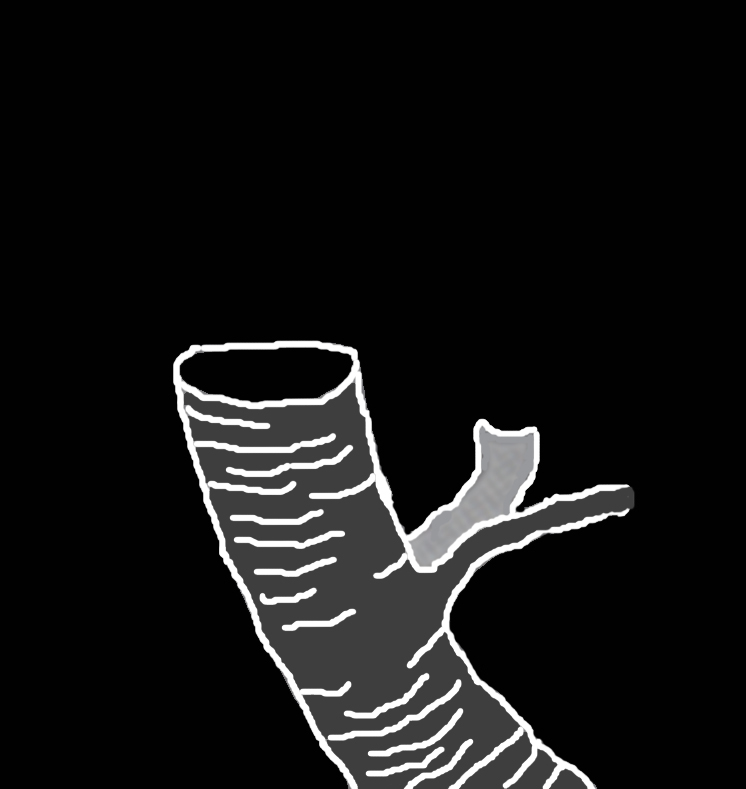
Visible gallstones after injection Visible occlusion by gallstones
of contrast. after injection of contrast.
- U/S: can image about 90% of proximal
duct and 70% of distal duct stones.
- Most common duct stones are echogenic
structures that cast an acoustic shadow (about 10% do not shadow on U/S).
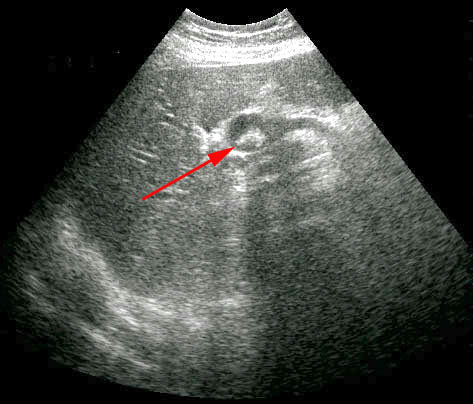
Transverse US image demonstrates
echogenic, shadowing stones in CBD.
- CT: may demonstrate characteristic target and crescent
signs.
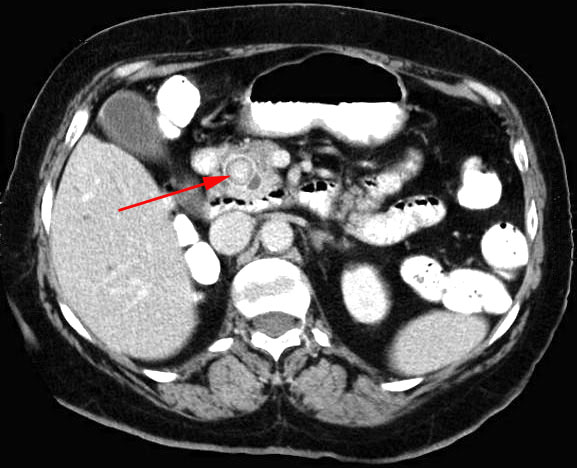
CT shows distal CBD stone (arrow) and
surrounding dilated CBD causing the target sign.
- Figures: Two different patients with multiple large stones within the extra hepatic
bile ducts. Note multiple filling defects from CBD stones in (A)ERCP and (B)PTHC.
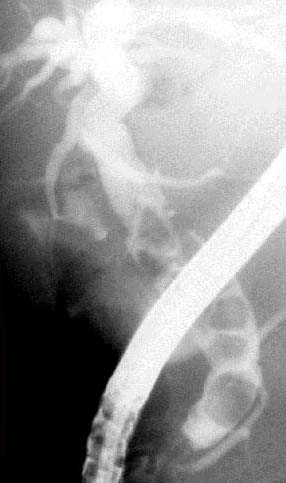
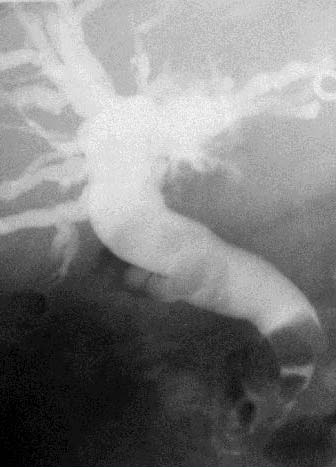
A
B
|
|


![]()
![]()